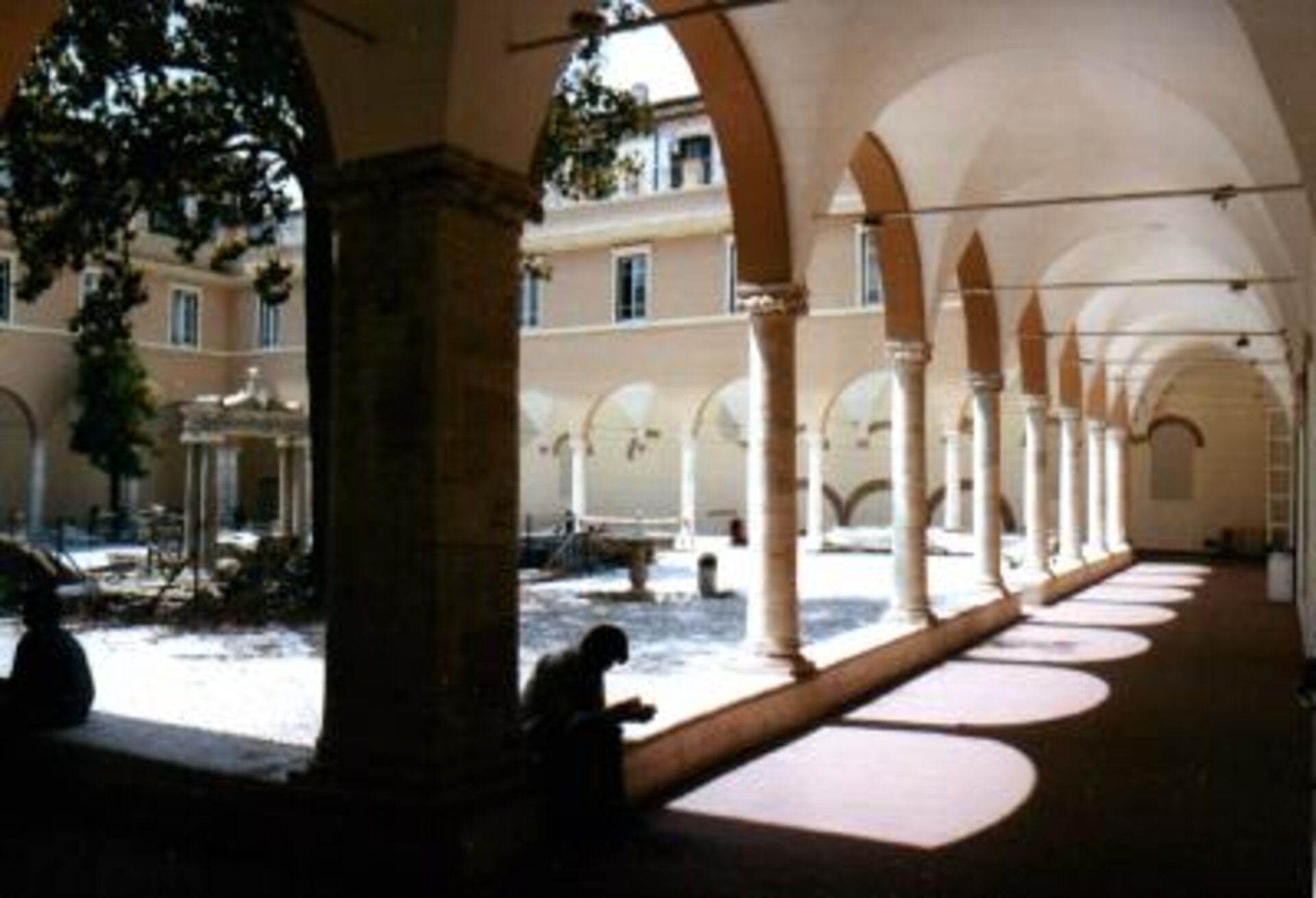3rd International Workshop on System & Concurrent Engineering for Space Applications SECESA 2008 - Final Programme
The ESA Directorate for Technical and Quality Management and the Concurrent Design Facility are organising the third International Workshop on System and Concurrent Engineering for Space Applications, in partnership with the Italian Space Agency (ASI) and 'La Sapienza' University, Rome, to be hosted at Universita degli Studi di Roma, on 15-16-17 October 2008.
The increasing complexity of space missions, coupled with cost and schedule constraints, calls for advanced and innovative approaches to System Engineering (SE). A growing interest in Concurrent Engineering (CE), as an enabling methodology to implement effective System Engineering, has become apparent in recent years with the creation of centres and facilities for concurrent design. Further applications and exploitation of CE methodology and tools are envisaged.
The aim of the workshop is to gather together participants from space and non-space institutions, industry and academia interested in the System and Concurrent Engineering (SE&CE) and to provide a forum to share their experience and discuss innovation and future plans for SE&CE.
Final Programme
The third workshop will include the following sessions:
Session 1: SE & CE Tools and Models
Session 2: New Processes and Methodologies for SE
Session 3: CE Infrastructures and Facilities
Session 4: Standards and Enabling Technologies
Session 5: Cost & Risk Assessment in Concurrent Engineering
Session 6: SE & CE Applications: Space Projects
Session 7: SE Approaches in Industry
A Keynote speech from the Director of ESTEC, Mr Michel Courtois, will be given during the workshop:
'Concurrent Engineering: Mandatory for design and management of complex systems.'
For details refer to the related links.





